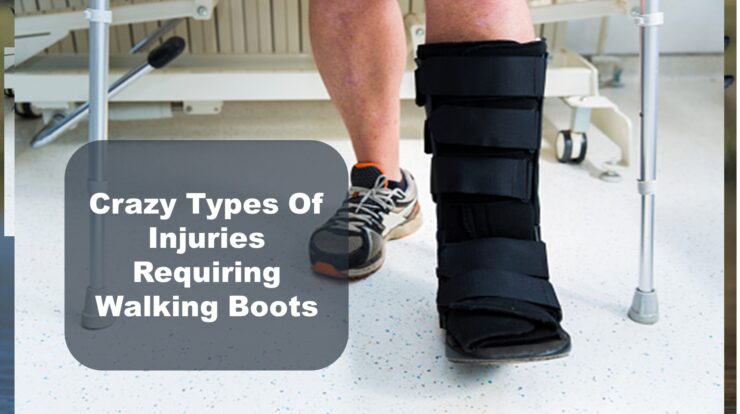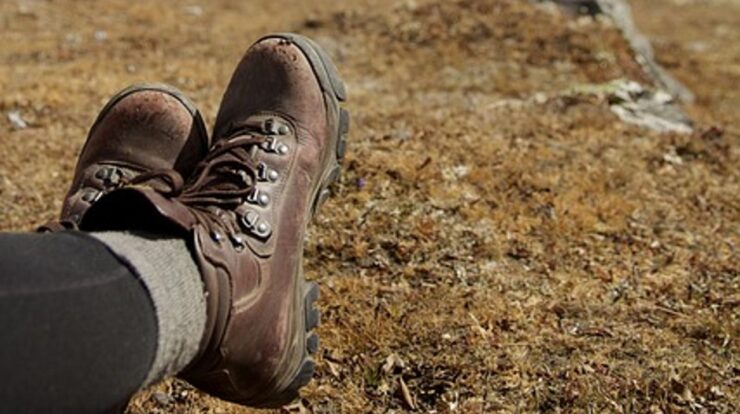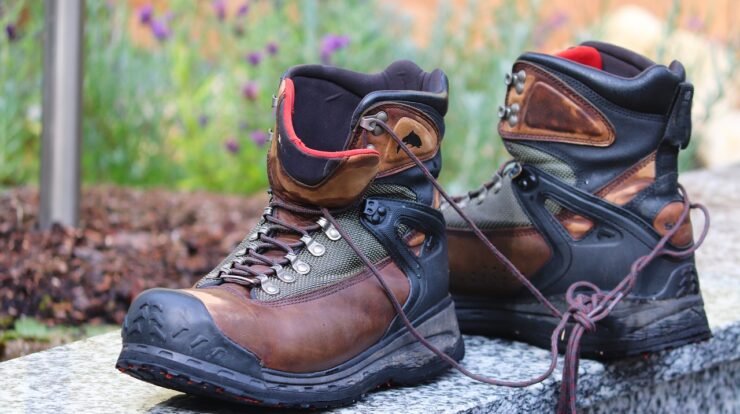
You may have seen many celebrities wearing walking boots and wondered why. It is usually after a foot injury, but which type of foot injuries require walking boots?
After a foot injury, the foot needs to be immobilized because movement hinders proper healing.
But on what injuries do podiatrists or chiropractors provide a walking boot for a person?
Walking boots treat many types of injuries, including Toe Fractures, Ball of Foot Pain, Metatarsal Stress Fractures, Foot Fractures, Plantar Fasciitis or Heel Pain, Tendonitis, Ankle Sprain, Ankle Fractures and even shin splints. Each requires either a short or tall boot walker, with or without the pneumatic pump.
A foot that needs to be immobilized after surgery or an injury may also be kept in this type of brace. Wearing these walking boots will allow your leg to get healed between two to six weeks.
Walking boots are increasingly becoming a popular option for foot injury recovery. It is much better and more flexible than wearing a traditional cast.
The traditional cast restricts movement and is clunky. The walking boots are lighter weight – giving the wearers the flexibility to move around while the injury heals.
However, whether or not you require a traditional hard cast or a walking boot for your injury depends on your unique needs and individual discomfort.
Most walking boots have two to five adjustable straps that secure the boot to your injured leg. Some walking boots have an additional feature, it comes with a bladder for a better, more snug fit. This variant is called the pneumatic boot.
The pneumatic boot comes with air bladders and a pump for finer adjustment of fit. Here are better explanations of the common injury requiring a walking boot.
Common injuries requiring a walking boot
Achilles Tendonitis. The Achilles tendon is the major tendon stretching from the back part of the lower leg (the calf muscle) to the heel of your foot.
It is a very important tendon because you use it every day.
Especially when you walk, jog, run, jump or skip. If you tear this tendon, your motion will halt. It is a good option to have the walker boot to help you move without relying on this tendon.
Ankle Sprains. The ankle is responsible for the motion between the lower foot and the fibular and tibial bones, and the smaller bones in the upper foot.
A sprain may arise when the ligament in this part of the foot stretches further than its full range of motion. In extreme cases, the ligament may tear.
Plantar Fasciitis. The plantar fascia is a band of tissue that stretches from the heel bone to the base of the toes. They are designed as shock absorbers in the foot. The same can be done for the ball of foot pain, and heel pain.
They support the arch of the foot and absorb shock or impact on your feet when walking.
Sometimes the pressure from walking, running or jumping may cause these tissues to tear, leading to extreme pain. The best way to correct this is to wear a walking boot.
Hammertoes. Hammertoes are a result of a deformity of the toes caused by poor foot structure.
A surgeon may cut ligaments, tendons and the end of the bone, and then use pins to straighten the toe.
While this foot heals, the doctor may ask you to wear a boot walker to prevent further injury and help it heal.
Bunions. A bunion is a painful bump on the big toe joint caused by irritation of the joint.
A bunion is a result of inflammation and swelling, causing the big toe to lean toward the other toes, and forcing the joint to protrude. After the operation, a boot walker may be worn.
Toe Fractures. A toe fracture or a broken toe can be painful. You will need to go to the doctor so that they can prevent further injury.
The doctor has to prevent the movement of the bones so that they can heal. The best way to do this is to allow you to wear a walking boot.
The same is needed for all foot fractures – Metatarsal Stress Fractures, Foot Fractures, or Ankle Fractures.
The wearer of the walker boot may be required to wear the boot for between two to six weeks to ensure proper healing.
Conclusion
The foot is very important in modern life. There are many injuries that may impact the foot. Most of the injuries can be helped by wearing a walking boot.
The walking boot is much lighter and more flexible than wearing a traditional cast. The doctor will inform you of which walking boot is the best.
Whether the short or tall walking boot or the standard or the pneumatic variety. Which is best?
Read this article that will indicate which walking boot is best for each injury and the amount of time to wear each.






